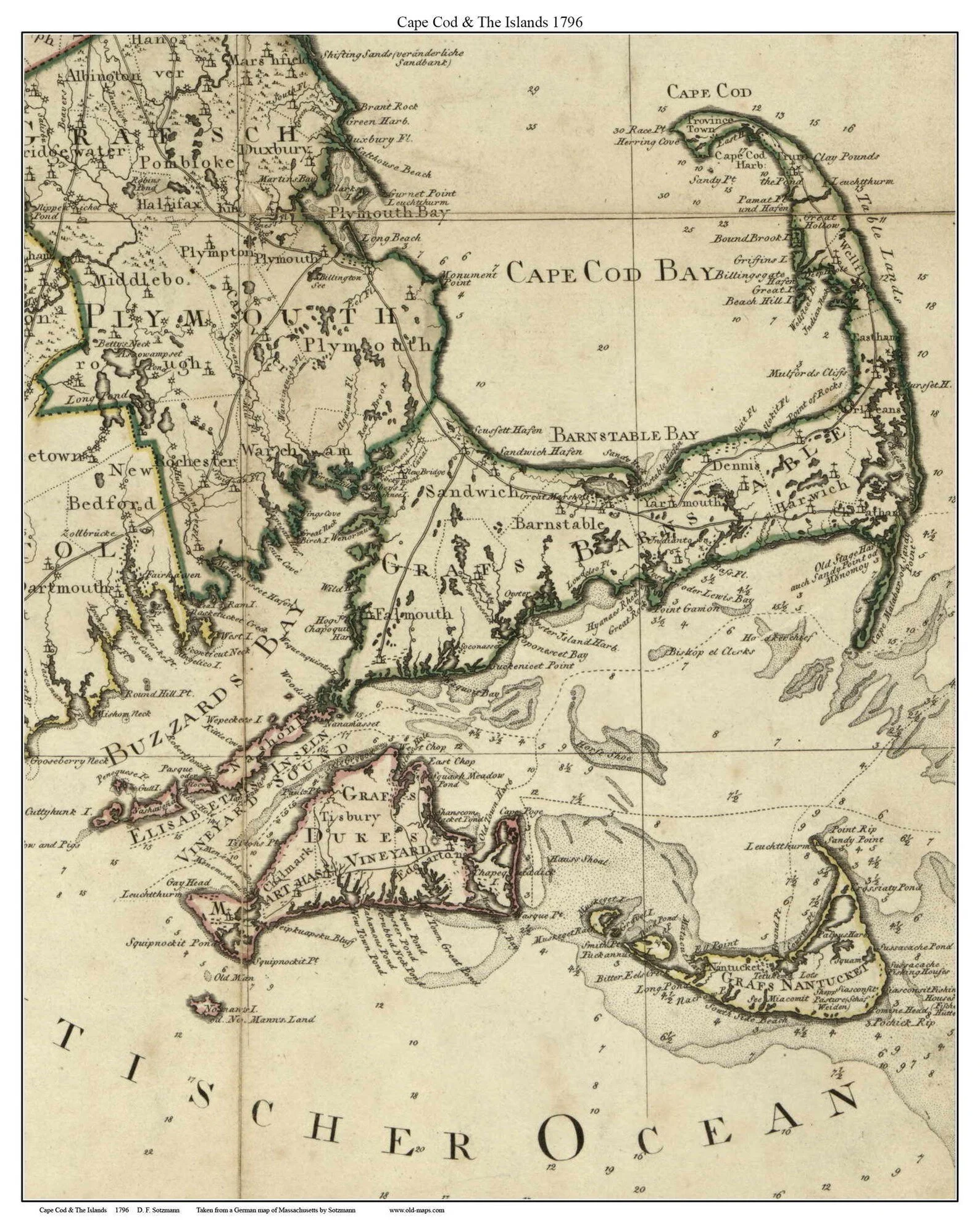A dwelling for us
Adapted from Robert Whitcomb’s “Digital Diary,’’ in GoLocal24.com
Architectural historian and critic William Morgan’s book The Cape Cod Cottage tells the story of an architectural style that started in southeastern Massachusetts as 17th Century colonists’ adapted English houses to our hardy climate. The low-to-the-ground and one-to-one-and-a-half-story dwellings, with center fireplaces and steep roofs with gables, were modest buildings that evoked the practical and aesthetic attributes of the Puritans/Pilgrims.
Mr. Morgan’s history-rich essay and the terrific collection of photos, most by him, that follow make this little book a joy.
Sided with cedar shingles, which in the region’s damp, windy and salty wind turn gray, or with simple clapboard, Cape Cod Cottages from the start evoked a calm domesticity.
Many old Capes have been, to say the least, heavily modified since those early days, with, for example, porches, wings and floors added on, not to mention garages with big ugly doors. Some new alleged “Capes” you might hardly recognize as in that style – too big and pretentious -- McMansions. But the simplicity of those that adhere to the original need or desire for simplicity and economy have continued to lure buyers. Note how many of the post-World War II housing developments, such as the Levittowns, featured small Capes and “modest Capes’’ are still being put up around the country, even in such places as deserts Out West.
I have generally happy memories of my Cape Cod relatives’ cedar-shingled Capes. The newer ones (built since the 19th Century) have two full second floors, but the basic house design was the same. If there was a water view available, lots of owners would stick a porch on that side, often glassing it in.
I well recall the oddly pleasant musty smell (maybe allergy-inciting for some people) of these cozy houses, up from the immediate shoreline in cedar and oak woods , and connect it with my laconic and ironic grandparents and other relatives down there, descendants of Puritans, Pilgrims and Quakers. They never seemed to swear and used phrases such as “don’t-cha-know?” (instead of “you know?’’) and “don’t give me any guff’’ that I haven’t heard for a very long time.
(This book was originally published in 2006 by Princeton Architectural Press in paperback. It’s now being reissued in hardcover by Abbeville and with a new cover design.)

